Wild Thing
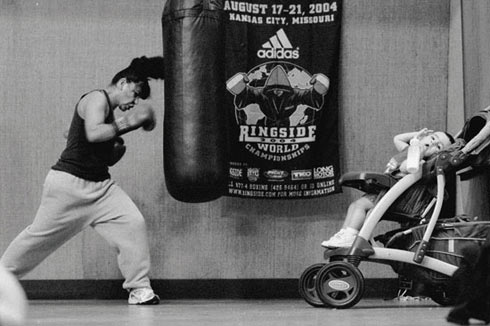
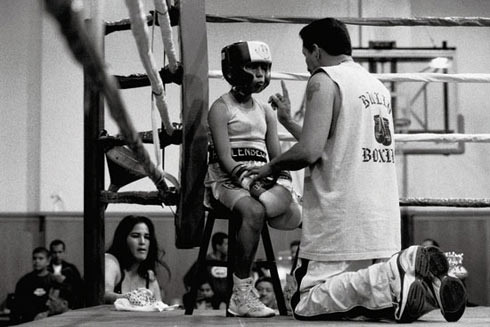
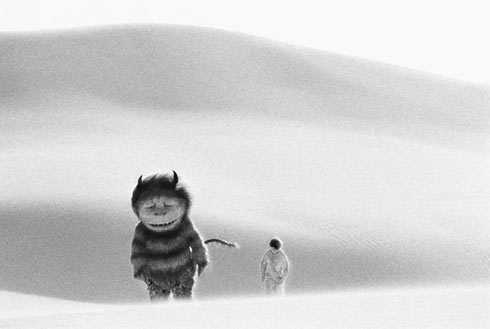
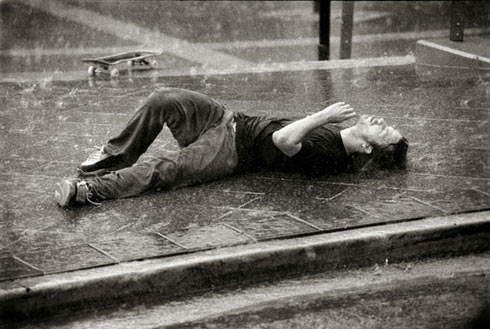
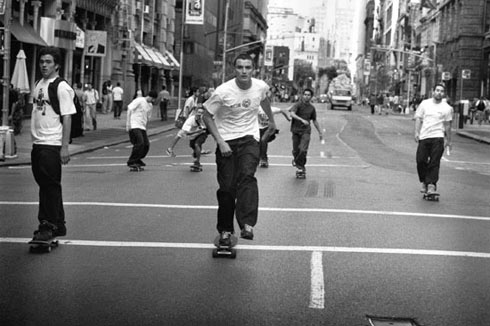
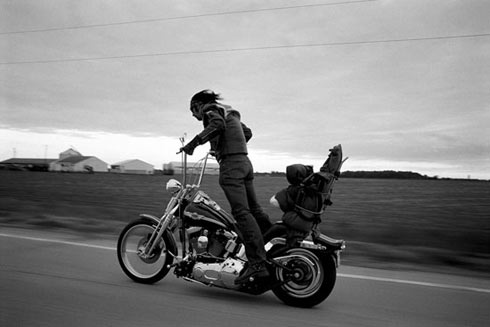
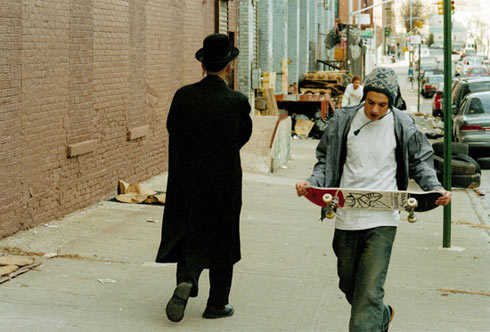
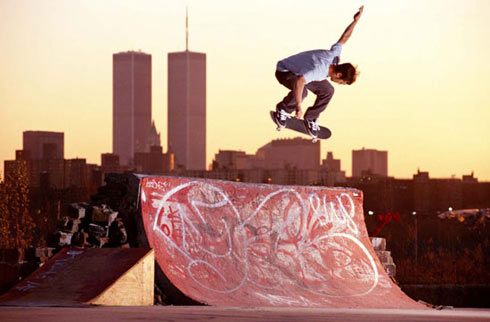 Text: Joseph Allen Images: Mike O’Meally
Text: Joseph Allen Images: Mike O’Meally
Dedication and an unwavering attention to one’s passion are necessary tools to become great. Mike O’Meally is a photographer who has used these traits, as well as an understanding of the advantages of competition with others and with one’s self, to become one of skateboarding’s best image makers. I have witnessed Mike’s drive to create ever-better pictures and it’s intense. When you see it in his steel blue eyes there is no doubt in its truth. Whether shooting subjects such as amateur boxing or Hollwood film sets it’s to inform his first love. The admirable quality of authenticity, that he recognises in others, has led him to carve a path in a niche media and has changed skateboarding’s landscape.
Joseph Allen Shea: What got you started in photography and were there any defining moments leading you to skate photography?
MOM: I took photography as part of a fine arts degree at COFA UNSW. Not really one defining moment, but I knew that I was really drawn to the photos in skate mags at that time, ’89-’92, so it was fairly natural thing for me to want to shoot my friends skating and try to make it look like those early mags such as TWS, Poweredge, Slap and Big Brother.
JAS: You shoot a lot of non-skate photography, such as film stills, portraiture and the La Familia series of east Los Angeles boxers. Is shooting boxing, for example, closely related to shooting skateboarding or is this a needed difference from what you do on a daily basis?
MOM: It’s both of the above. I like to shoot other things besides skating as it keeps my eyes fresh to come back to skateboarding and see it in a new way. Generally, if I am really interested in something [then] shooting photos is a great way to get to learn about something that you might not have known about otherwise. Boxing, in particular, I found to be very similar to skateboarding in the fact that they are both fairly solitary activities for the most part, and they both deal with avoiding and accepting pain and achieving something after a hard struggle. I found that getting to know about one informed me more about the other, in a way that I had not anticipated.
JAS: Skateboarding is an autonomous entity. The companies are run by skateboarders, building skateboarding products for skateboarders. Every decade there is a resurgence in skateboarding’s popularity and those outside companies return looking to capitalise. How does this impact on the culture and industry and can outsiders help diversify a monoculture?
MOM: Deep! I am not sure I am qualified to answer that, other than to say I still believe the real stuff is done by real people who do it because they love it and aren’t motivated by trying to capitalise on anything. The best companies such as Alien Workshop, Girl and Chocolate, Anti-Hero and all the DLX brands are, and will always be, ahead of the pack because there is love in their work and no amount of market research or projection forecast analysis or whatever will be able to predict what those guys do next. I think the ebb and flow of popularity is a natural part of any cycle, witnessed in nature as well as culture. Things like this are beyond any one person’s control, and that’s what keeps it exciting.
JAS: The Beach Boys wrote songs about surfing, but you and I know that Brian Wilson was always the first fat kid of the summer to get caught in a rip. How important is it to be an insider when photographing skateboarding?
MOM: It’s not some secret sorcerer’s covern, although sometimes I feel it should be! But I can tell you when you are shooting high level gnarly skateboarding by the best pros in the world, there is a strong level of trust involved when people’s health and sanity are on the line. I cherish those relationships dearly, as they have taken ages to build with each of the guys I have had the priivelege to shoot over the years. No kooks!
JAS: Who have been inspirations to your photography?
MOM: I have many many photographers who I admire and am inspired by. Some of my earliest influences still remain my favourites today: Richard Avedon, Dianne Arbus, Irving Penn, Daniel Harold Sturt, Gabe Morford, Tobin Yelland and Spike Jonze.
JAS: What motivates you to take photos?
MOM: The thrill of capturing the essence of something in one single well lit, tightly composed frame. It sounds corny but…. I still get a buzz from a good piece of film!
JAS: Skate photography is a profession like few others as it is essentially a career in illegal activity. It pays, but almost always involves trespass, destruction of property and often break and enter. The photographer regularly has expensive equipment onsite and the difficulty of moving it quickly should fleeing be necessary. Can you tell us how this outlaw element effects your work with any law enforcement stories?
MOM: Let’s just say I am descendent of Irish bushrangers, so illegal activities are in my blood! I once had to run from a security guard in Wynyard while filming Michael Davidson, he was trying to take my camera or take me to the cops, so I legged it! My shoe flew off and the fat bastard chased me all the way through to Martin Place and he almost had me at one point, but once a jolly swagman as they say!
JAS: When was the last time you heard ‘aren’t you too old for this?’
MOM: Yesterday!
JAS: There is a lot of creative output within skate culture as a lot of skaters try their hand at art and design. Do you see a connection between skateboarding and creativity?
MOM: Absolutely. Skate and create, or skate and destroy – as is your preference.
JAS: Spike Jonze started his film making shooting skate videos. You recently shot the film stills and behind-the-scenes pictures on Where The Wild Things Are, did you witness any similarities between the way one would direct a skateboarding feature and the way Jonze created this film?
MOM: Mostly the spirit of fun and adventure. All the other stuff is technical jargon, but I could tell Spike is genuinely having a good time on the set of a Hollywood blockbuster. I found that quite humbling to witness. He wore a three-piece Armani suit, a fedora and Marc Johnson Lakai’s – he keeps it real and at the end of the day, thats what its all about.
Mike O’Meally
Next story: Breaking Free – The Black Ryder



